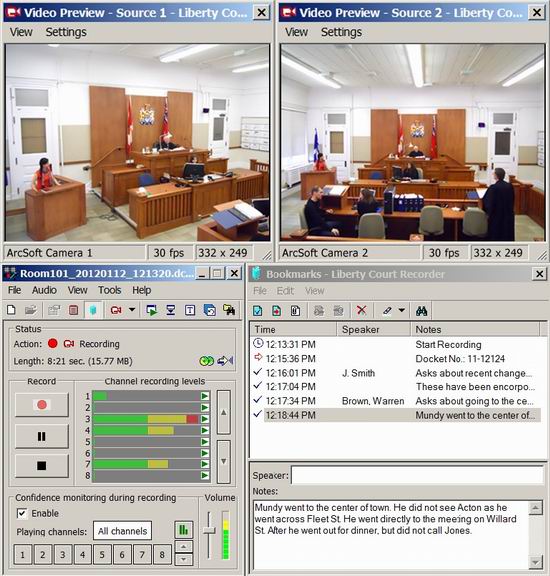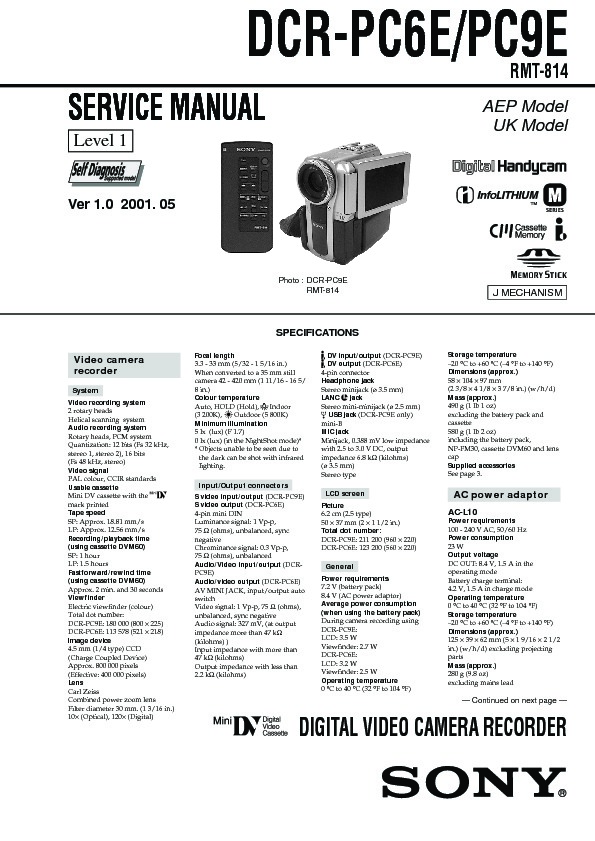
Dcr Kodak Digital Camera Raw Image File The format is designed for Kodak cameras to store uncompressed RAW images in their original form without auto color and white balance correction. What is a DCR file? File with a.DCR extension contains an uncompressed image in a raw format, captured with a Kodak digital camera, usually the SLR. The DCR format provides better photography editing options and possibility to change its parameters, in comparison with, for instance, photographs compressed into JPEG images. File Type 1 Shockwave Media File. 4.0 (502 Votes) Web Files. What is a DCR file?
Introduction
The Liberty Recorder creates audio files with a 'dcr' extension. A dcr file is a multi-channel audio / video file with the audio data saved in standard compressed audio file format. The .dcr files could not be given a .wav extension, because other .wav players such as Windows Media Player are not designed to recognize the multi-channel data tracks found within the dcr files.
Both .wav files and .dcr files save the audio data in a compressed PCM (.wav) format. Saving the audio data in a standard, compressed format allows any Windows PC to playback the audio using the Liberty Player.

Compression

The Liberty Recorder can use any standard compression algorithm installed onto the PC. This includes any algorithm provided by the Windows Operating System and any compression algorithm that might be added to the PC. Various compression algorithms have been a standard component of all Windows Operating Systems since Windows'95 and any of these may be used with the Liberty Recorder. These algorithms include, but are not limited to Microsoft ADPCM, and D.S.P. Group Truespeech.
Speex is another compression algorithm that will work with the Liberty Recorder. SPEEX is an Open-Source, patent-free compression algorithm specifically written to record the spoken word, not music. It delivers a high compression rate with very good sound quality. The Speex algorithm may be downloaded using this link. If the Speex codec is used, then please use of one of the Q4 mono (Quality 4) or higher recording attributes. We suggest recording with the Attributes set at '16.8 kBit/s, 16.0 kHz, Mono Q5'. Further information about Speex may be obtained from www.speex.org.
The following chart provides details on disk space requirements for 4-channel recordings:
# of courtrooms ; Compression Algorithm 1 courtroom 4-ch; Microsoft ADPCM 1 courtroom 4-ch; Speex 1 courtroom 4-ch; D.S.P. Group Truespeech | per 6 hr day 480mb 180mb 120mb | per 5 day week 2.4gb 900mb 600mb | per 50 week year 120gb 45gb 30gb |
* The MS ADPCM and D.S.P. Group Truespeech compression algorithms have been a standard component of all Windows systems, since Windows'95.
If you have been on the Internet since the 1990’s, you may remember when just about web designer embedded cool, graphical Macromedia Shockwave files on their websites.
Back then these were called .dcr files and were made by a program called Director. Typically they were used to create interactive menus, logos and even games you could play directly in the browser.
If you are like me, you may be wondering how you can view your old .dcr files on your modern Mac or PC.
The answer is you probably won’t be able to and will need to use a computer system with older software from around the mid to late 1990’s. The good news is such systems are usually inexpensive and can be found on eBay. Also, most of the software can still be downloaded today.
In the 90’s in order to view these files you had to have a compatible browser – which was usually Netscape. I can’t remember if these worked on Internet Explorer or not. It seems like it didn’t as they were working on their own version called ActiveX. Back then it seemed as if Microsoft had plans to take control of the entire Internet.
Eventually Shockwave become what is now known as Adobe Flash.
Fast forward to the future and you now want to relive Internet history and see some of your old Shockwave creations. Where do you begin?
I have done quite a bit of research and as of this writing there does not appear to be an offline or online application to convert .dcr to .swf or .mp4.
Step 1: Get an old Mac or PC
If you don’t own an old computer, you can pick one up on eBay, Craigslist or perhaps spot one at a local garage sale. Try to buy one that is from around the 1995-1998 or so time frame. You may wan to make sure the computer has an Ethernet card installed in order to download necessary files to get this to work. If it doesn’t make sure it at least has a CD-Rom.
Remember, back then most people were on dial up and USB wasn’t around yet. In order to get recommended programs on your old computer, you may want to hook it up to the Internet so you can download and not have to use floppies or burn a CD.
Step 2: Download old Web Browsers and Shockwave Plugins
This may require trial and error, but you will want to download old versions of Netscape as well as the Shockwave plugin necessary for the Director (.dcr) files to work.
If you have an old Mac, you can download Netscape (version 2.02 recommended) using this link.
For Windows, search around or try this link:
http://ftp.lanet.lv/ftp/windows/www/netscape2.02/
For the Shockwave plugin, it’s a little trickier and may require some advanced Googling. Try doing a search like this: “index of” parent directory shockwave installer. Add “.sit” for Mac or “.exe” for Windows.
Please note – be sure to scan any files you download before opening them.
Step 3: Install Old Web Browser and Shockwave Plugins
Once you have downloaded an old browser such as Netscape and Shockwave, go ahead and install them. With the Mac this involved dragging the plugin into the “plugins” directory in the Netscape directory on the Mac hard drive. You’ll probably have to play around a bit to get it to work.
Here is a link on the Adobe site with installation instructions on older operating systems.
Step 4: Test some .DCR Files on Your Old Computer
When you think you are ready to test, you can pull up this old link that has been preserved thanks to archive.org. I’ll post a few test links below. If you can get one of these to work, then you should be ready to test your own Director movies.

Test site 1: http://mcli.cogdogblog.com/tut/tut29d_ex/measure.html
Test site 2: https://web.archive.org/web/19970104072952/http://www.mcli.dist.maricopa.edu/director/shocklist/index.html
Of course the above two links will require that your old computer be hooked up to the Internet. If that is not possible you can try saving the pages to a CD or floppy and load offline on the old computer. Or, just skip the test and try to load your files.
If nothing works on the above two sites, you may need to go back to the drawing board or simply try your old files out to see if you have any luck. Just keep trying.
Conclusion
I still have some experimenting to do and will update this post in the future as I have only tried this on a Mac. I’ll test this out on an old Windows 95/98 PC soon and share what I find out.
Dcr Player Download
But the bottom line is if you want to view your old Director creations you will likely need to get a time machine and do so on an old computer. I have seen some reports that people have had luck using the Pale Moon browser, but it didn’t work for me. But, might be worth a shot.